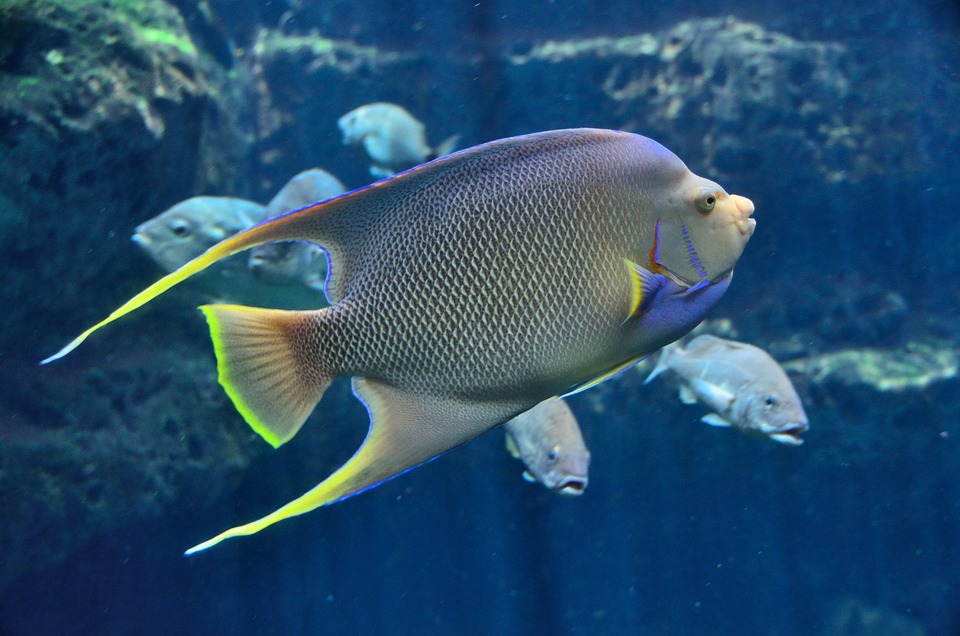
Artificial Intelligence (AI) has been one of the most exciting and rapidly advancing fields in technology in recent years. From self-driving cars to virtual assistants, AI has the potential to revolutionize the way we live and work. One of the key techniques driving the advancement of AI is deep learning, a subset of machine learning that focuses on building and training neural networks to make decisions and predictions.
Python has emerged as the go-to programming language for deep learning due to its simplicity, versatility, and a wide range of libraries and frameworks available for building and training neural networks. In this article, we will explore some of the deep learning techniques in Python that are shaping the future of AI.
Convolutional Neural Networks (CNNs)
Convolutional Neural Networks (CNNs) are a type of deep neural network that is particularly well-suited for image recognition and classification tasks. CNNs use a series of convolutional layers to extract features from images and then pass these features through fully connected layers to make predictions. Python libraries such as TensorFlow and Keras make it easy to build and train CNNs for a variety of applications, from object detection to facial recognition.
Recurrent Neural Networks (RNNs)
Recurrent Neural Networks (RNNs) are another type of deep neural network that is designed to handle sequential data, such as time-series data or natural language processing tasks. RNNs have a feedback loop that allows them to retain information about previous inputs, making them well-suited for tasks that involve analyzing sequences of data. Python libraries such as PyTorch and TensorFlow provide tools for building and training RNNs for tasks such as speech recognition and language translation.
Generative Adversarial Networks (GANs)
Generative Adversarial Networks (GANs) are a type of deep neural network that consists of two networks, a generator and a discriminator, that are trained against each other. The generator creates new data samples, while the discriminator tries to distinguish between real and fake data. GANs have been used for generating realistic images, videos, and even music. Python libraries such as PyTorch and TensorFlow provide tools for building and training GANs for creative applications.
Autoencoders
Autoencoders are a type of neural network that is used for unsupervised learning tasks such as dimensionality reduction and data compression. Autoencoders learn to encode input data into a lower-dimensional representation and then decode it back to its original form. Python libraries such as Keras and Scikit-learn provide tools for building and training autoencoders for tasks such as image denoising and anomaly detection.
In conclusion, deep learning techniques in Python are driving the advancement of AI and shaping the future of technology. From image recognition to natural language processing, deep learning has the potential to revolutionize a wide range of industries and applications. By leveraging the power of Python and its rich ecosystem of libraries and frameworks, developers can build and train sophisticated neural networks that push the boundaries of what AI can achieve. As we continue to explore the possibilities of deep learning, the future of AI looks brighter than ever.






